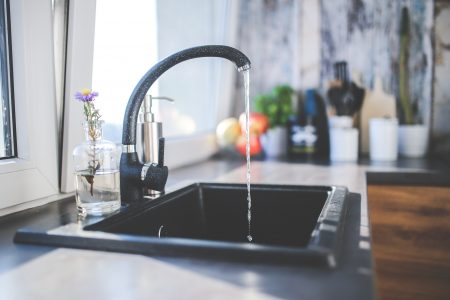How Much Water Do You "Eat"?
We eat a lot of water every day. “Eating water” may sound like a strange concept, but the majority of water we use on a daily basis is indirectly found on our plate. Globally, an average consumer “eats” as much as 5,000 liters of water every day (Water Footprint Network, 2015). Everything we eat has a water footprint. A product’s water footprint is the amount of water used and polluted over the course of the entire production process. For example, a granola bar’s water footprint is the water footprints of the multiple ingredients in the bar combined with the water footprint from assembling and transporting the bar. The oats used in the granola bar may have been grown in one part of the country and processed in another. Most of the oat’s water footprint can be captured through the water requirements to grow, transport, and process the oats. This water footprint for the oats makes up only one part of the granola bar’s total water footprint.
Establishing the size of a product’s water footprint allows us to understand how much pressure that product places on freshwater resources. By 2025, two-thirds of the world’s population could be living under water stressed conditions (UN, 2014). To continue feeding, clothing, and housing everyone on our planet we will need to become smarter about how we create and process products. The product water footprint helps highlight opportunities for resource efficiency improvements. The Los Angeles Times created an interactive tool to help visualize how much “water” is on your plate.

Our total water footprint is greatly influenced by the foods we eat, but also by our household water habits like bathing, laundry, dishwashing, and car washing. The water requirements necessary to make certain products can vary by country. So similar lifestyles in different parts of the world will likely have different size water footprints.
